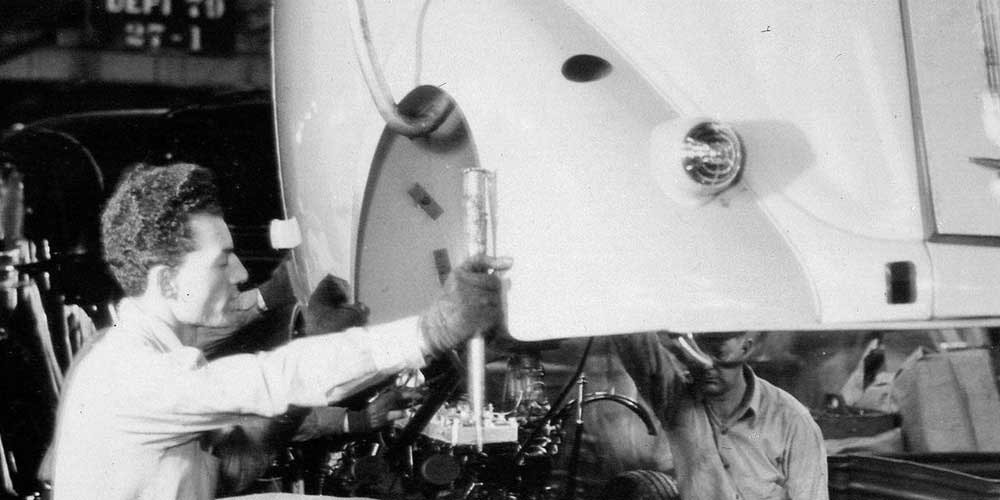By Robert Tate, Automotive Historian and Researcher
Images Courtesy of the Chrysler Archives
Published 12.21.2022
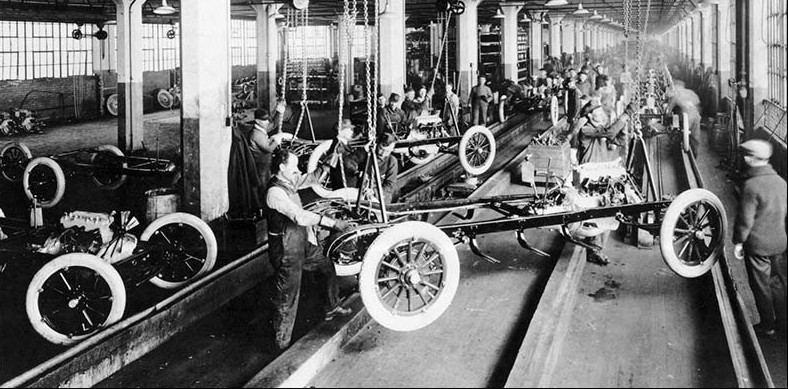 The Dodge Main Assembly Plant, 1916 (Chrysler Archives)
The Dodge Main Assembly Plant, 1916 (Chrysler Archives)
When you look back at the history of Dodge, you have to start with the famous Dodge brothers. John Francis Dodge (October 25, 1864 -January 14, 1920) and Horace Elgin Dodge (May 17, 1868 - December 10, 1920) were born in Niles, Michigan. According to automotive historians, Horace developed into one of the most mechanical-minded individuals in the manufacturing industry. John was also very talented, but he was more suited to management and creative organizational skills.
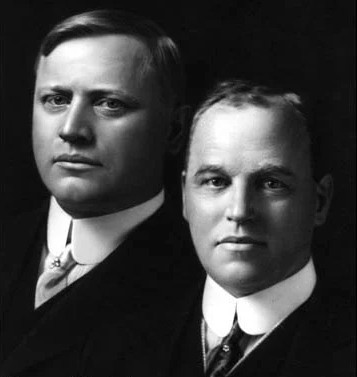 John and Horace Dodge
John and Horace Dodge
The Dodge brothers got started in the early days of the auto industry making engines for Ford Motor Company and transmissions for the Olds Motor Works.
This is the story of the famous “Dodge Main” factory and how it became one of our greatest sites in automotive history. Located on Joseph Campau in Hamtramck, Michigan, the plant offering 24 acres of space was built in 1910 from a design by architect Albert Kahn.
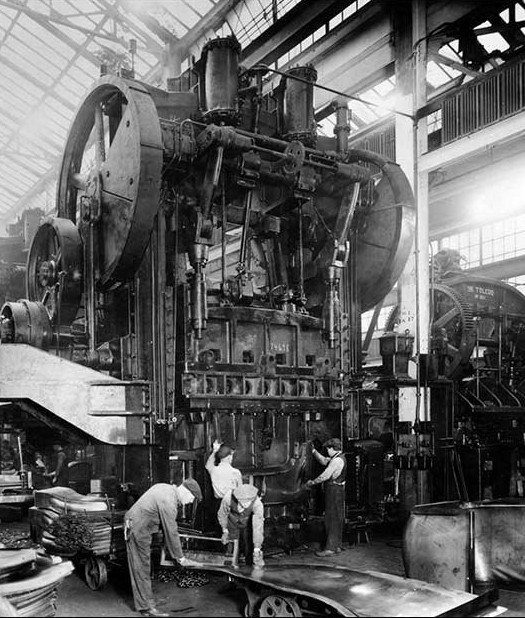 The Dodge Main pressing line, 1918
The Dodge Main pressing line, 1918
Dodge Main came to be a cultural symbol of financial stability where many people for their American Dream -- to begin a family and prosper. The factory also attracted workers from many different cultures around the world seeking a new way of life and to become owners of a new Dodge. These workers felt a great sense of pride and teamwork in helping make the company successful.
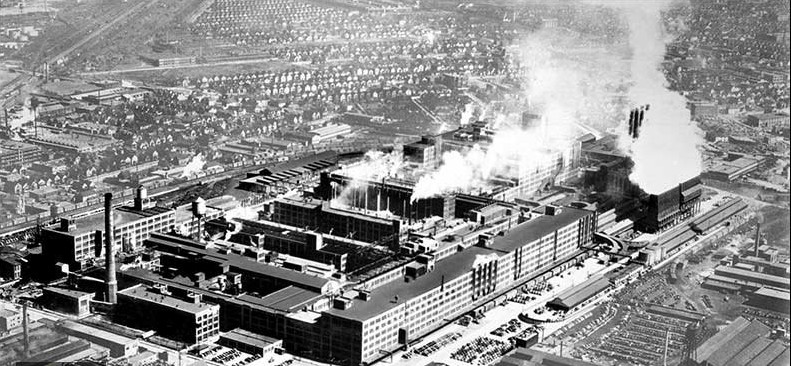 A view of the Dodge Main complex from the air
A view of the Dodge Main complex from the air
On July 17, 1914, John and Horace stopped making parts for other companies and established Dodge Brothers, Inc. with $5 million in common stock. After many months of evaluating their own automotive designs and creative ideas, the first Dodge model rolled out on November 14, 1914. The first automobiles manufactured at Dodge Main were all touring cars painted black. They were priced at $785 and became an overnight success.
 Outside Dodge Main
Outside Dodge Main
Finished cars coming off the line at Dodge Main exited the complex onto Joseph Campau loaded on trucks for transport to waiting freighters on the nearby Detroit River for shipment to ports around the Great Lakes.
A.E Schweitzer, a retired facilities manager, once said: “Plant #4 and the main complex were connected by an underground tunnel running under the railroad so trucks could enter the Conant gate and travel to the main plant’s receiving area.”
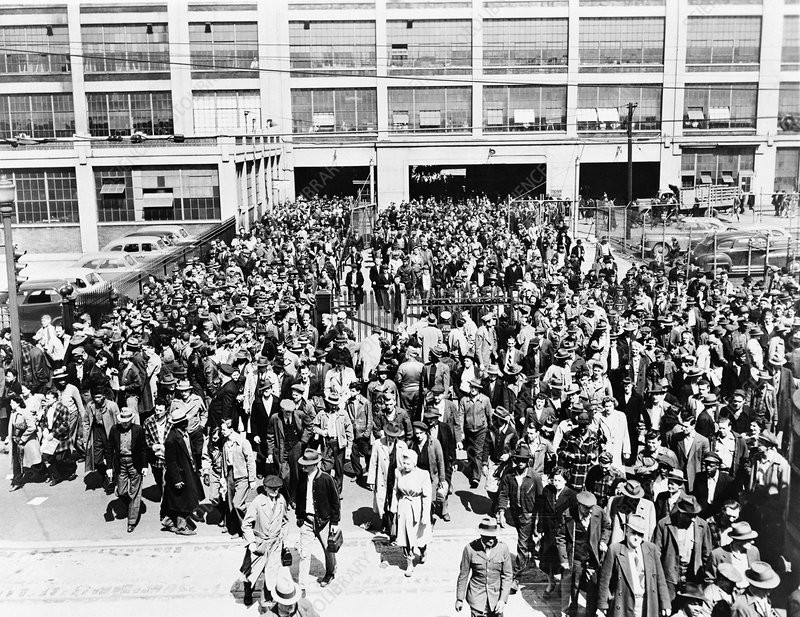 Dodge Main employees, 1950 (Chrysler Archives)
Dodge Main employees, 1950 (Chrysler Archives)
On July 31, 1928, Walter P. Chrysler purchased Dodge Brothers, Inc. for $170 million, including the Dodge Main complex. Acquiring Dodge gave Chrysler Corporation one of the most dependable models on the American road and moved the company into third place in the domestic automotive industry.
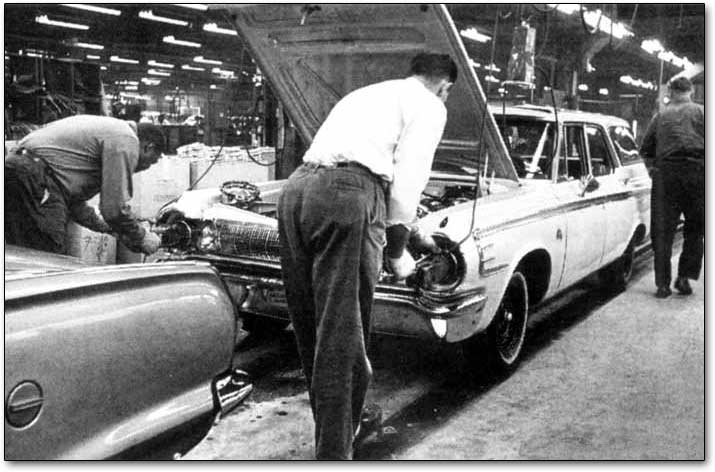 1964 Dodge models on the line
1964 Dodge models on the line
By the mid-1940s, Dodge Main was one of the largest automotive factories in America. Many Dodge owners would include a visit to the complex during their summer vacation for an educational tour. The upper floors of the building were devoted to body assembly, while the stamping and heavy manufacturing took place on the lower floors.
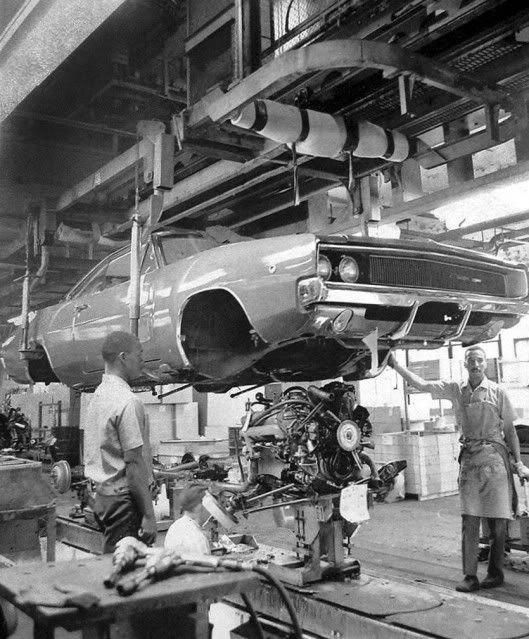 A Dodge Charger on the assembly line
A Dodge Charger on the assembly line
In conclusion, Chrysler announced in 1979 that they were closing the plant, devastating news for the auto industry. The factory stood empty for a year and began to decay. Later, General Motors signed an agreement with the cities of Detroit and Hamtramck to build a new assembly plant on the site, nicknamed “Poletown.” It should be noted that a vast majority of the property of the former GM Detroit-Hamtramck Assembly Plant, now known as “Factory Zero,” is located within the city of Detroit.
Today, “Dodge Main” is a part of our automotive history that will be remembered by generations to come. This story is dedicated to all of the hard-working men and women who were a part of the “Dodge Main” factory over the years.
Bibliography
McPherson, Thomas A. “The Dodge Story.“ Crestline Publishing, 1975.
Szudarek, Robert G. “How Detroit Became the Automotive Capital 100th Anniversary.” 1996.
Schweitzer, A.E. (Retired Facilities Manager) “Inside the ‘Dodge Main’ Plant 1910-1981.” Reprinted from the Walter P. Chrysler Club News: “Making the 1955 Dodge.”


